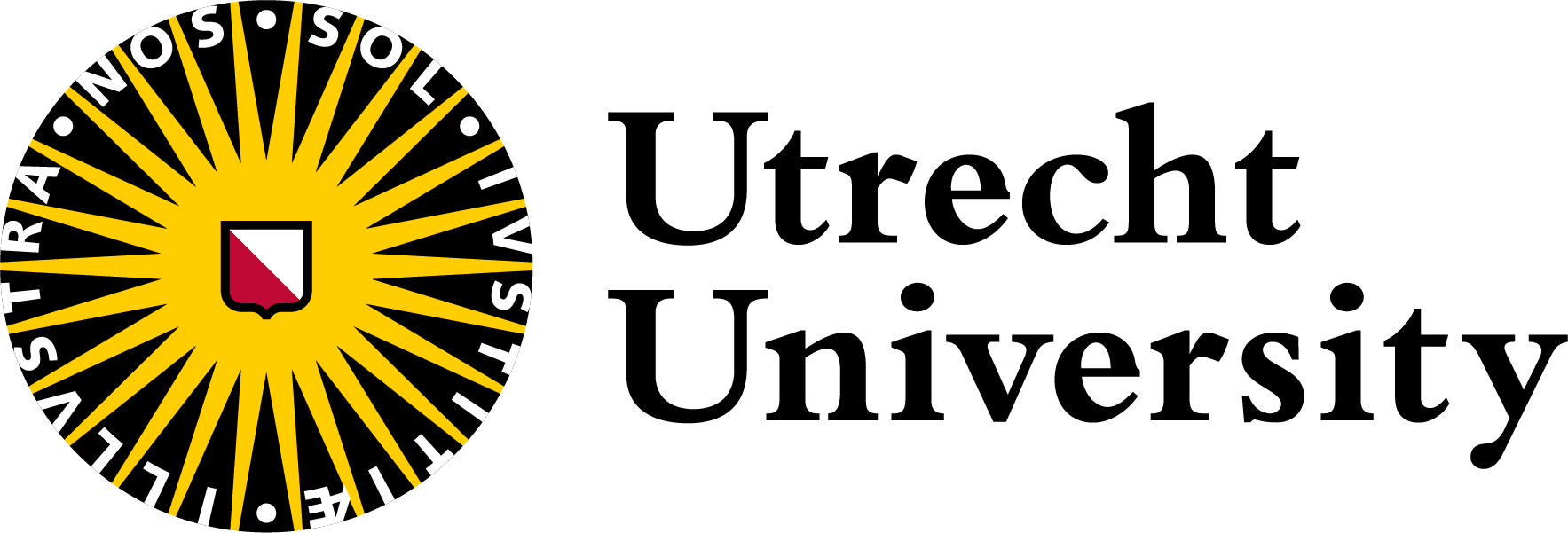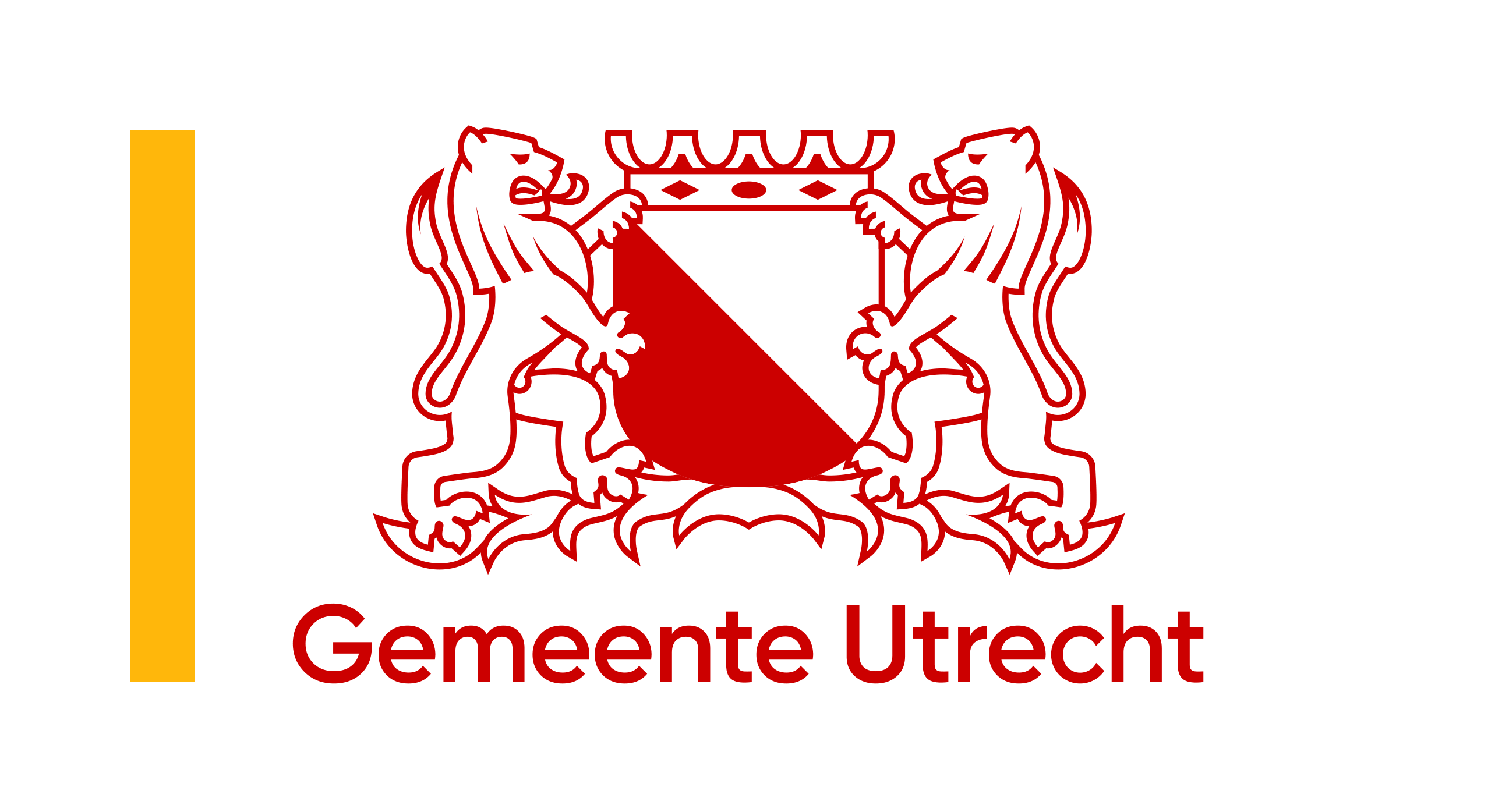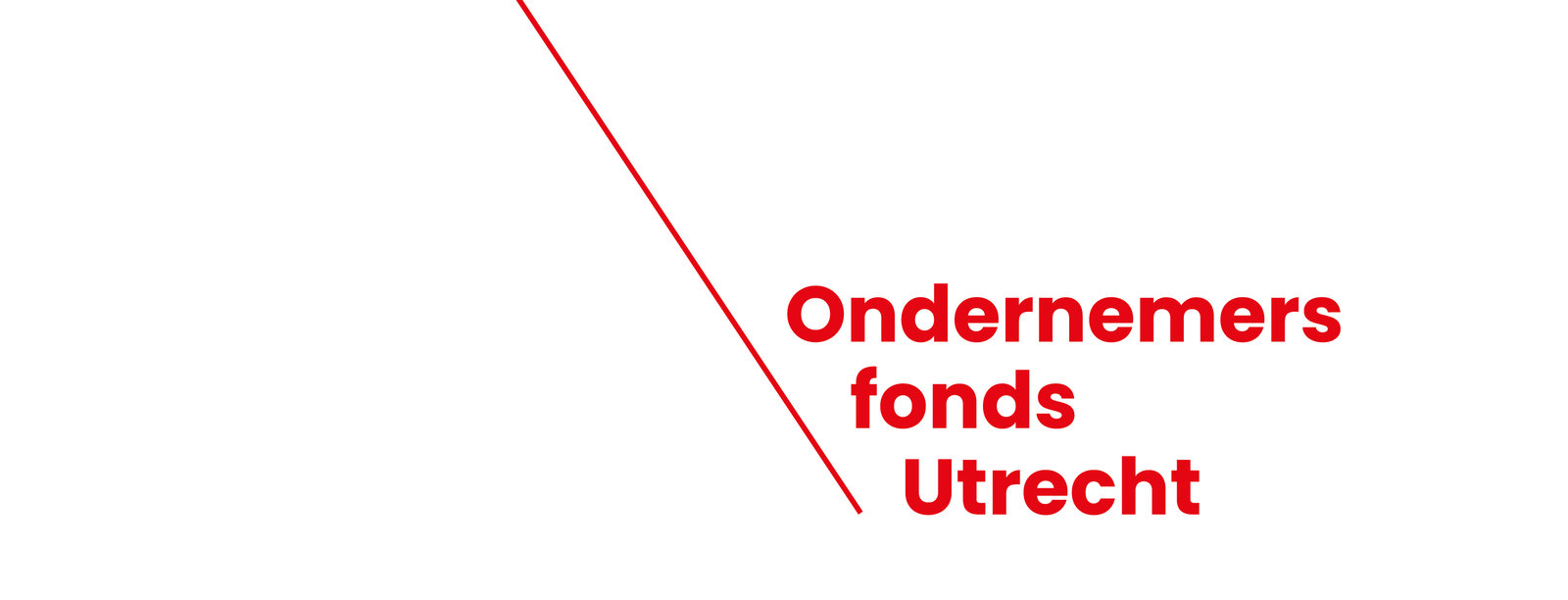Princess Máxima Centre celebrates five years: Innovation in paediatric cancer care and research
The 5th of June 2023 will mark exactly five years since the Princess Máxima Centre for Paediatric Oncology was officially opened by Queen Máxima. From that day on, all children with cancer in the Netherlands will be treated at this centre, and children's cancer research will be concentrated in Utrecht. This will lead to better treatments and new prospects for cures and quality of life for children with cancer. The anniversary is a time to reflect on the results of five years of innovation in healthcare and paediatric cancer research at the Máxima.
Five years of milestones, including:
- Fewer complications during and after surgery in children with neuroblastoma.
- Sharp increase in survival rate of babies with leukaemia thanks to immunotherapy
- Fewer complications and repeat surgeries in children with brain tumours thanks to intra-operative MRI (IO MRI).
- Becoming the largest paediatric oncology centre in Europe, making the Princess Máxima Centre an attractive partner for other centres and clinical trial networks worldwide.
- Leading research climate with top talent from 40 different nationalities.
Over the past five years, important steps have been taken to realise the mission of the Princess Máxima Centre: ‘Seeking a cure for every child with cancer for the best possible quality of life’. The centre occupies a leading position worldwide due to its concentration of care and research, its scale and its international partnerships. This is bearing fruit: 107 clinical trials have been opened and new treatments (such as various forms of immunotherapy) and research and other technologies (such as intra-operative MRI, genome sequencing and associated precision medicine, a biobank and data infrastructure) have been developed in and thanks to the newly built research hospital at Utrecht Science Park.

Benefits of concentration
All treatments for children with cancer are concentrated in one centre in the Netherlands, where previously these were spread across seven centres. Prof. Rob Pieters, CMO and one of the initiators of the Princess Máxima Centre: ‘Concentration leads to super-specialisation and greater expertise. Examples in our five-year history include the advancements in the area of leukaemia thanks to clinical trials with innovative treatments and the significant reduction in complications during and after surgery in children with neuroblastoma.’
In recent years, the Máxima has led initiatives such as the ALL-11 study for Acute Lymphatic Leukaemia. The five-year survival rate of children with this type of cancer has risen to 94%. The survival rate of babies with leukaemia has likewise increased significantly from 66% to 93% with the addition of some form of immunotherapy to the treatment protocol.
The fact that all children with cancer are now treated at Máxima has also made cellular immunotherapy (CAR-T) treatment possible in the Netherlands. This innovative treatment has already led to cures for a significant percentage of children with leukaemia who do not respond adequately to chemotherapy. Treatment with and research into CAR T-cell therapy will soon get a boost with the construction of four clean rooms on the new sixth and seventh floors of the Máxima building.
The arrival of the intra-operative MRI (IO MRI) makes it possible to perform new MRI scans of the surgical area during neurosurgery. This gives surgeons real-time information on the size of the remaining brain tumour and its relationship to the surrounding brain tissue. The neurosurgeon can more accurately remove as much tumour tissue as possible, which is crucial for survival rates. This also reduces the need for repeat surgeries and can better prevent damage to healthy surrounding brain tissue.
Profit through integration of care & research
There are 87 parent-child rooms and a research institute at the Princess Máxima Centre. The admitted children and their parents see the research activities happening right before their eyes, and the researchers see who they are working for every day. Prof. Rob Pieters: ‘The integration of care and research at the Máxima creates a strong interplay. Because all children with cancer are treated at one site, there is a more complete picture and, above all, more patient material and data available for research. Since all childhood cancer research also takes place at the Máxima, all children with cancer can benefit from the research results sooner than before.
In all children treated at the Máxima since 2018, the available DNA and RNA – that is, the genetic material from the tumour tissue – has been studied using genome sequencing. In some children, this has already led to an improved diagnosis and customised treatment tailored to their exact form of cancer.’ Patient material left over after diagnosis is stored in the Máxima biobank. Together with the child’s data, this is used for this precision medicine and further scientific research, including the cultivation of organoids, which are 3D mini-tumours grown from rhabdomyosarcoma, an aggressive muscle tumour. More than 95% of children donate tumour and other tissue to the biobank. Materials from nearly 4,500 children, both surviving and deceased, have now been stored in the biobank.
Innovative and international
Collaboration and innovation are the foundation within the Máxima. Ms Gita Gallé, CFO/COO of the Princess Máxima Centre: ‘In five years, we have built a solid foundation for the centre in all areas. In collaboration with UMC Utrecht, other parties at Utrecht Science Park and, above all, the 15 shared care centres, we have created a unique ecosystem. The Princess Máxima Centre is evolving and will continue to evolve. At the moment, for example, we are continuing to build and renovate to accommodate our rapid growth. And our pharmacy is the first in Europe to have made quality and efficiency improvements through the use of robots. Each year the two robots prepare nearly 150,000 infusion bags and syringes for treatments with precision.’ The Máxima’s international position in global networks has led to increased access to clinical trials in the Netherlands. Key partners in this regard include St. Jude Children's Research Hospital in the US, and the research centre in Heidelberg, Germany, and the Twinning Programme with the Hopp-KiTZ and the Deutsche KrebsForschungs Zentrum (DKFZ) in Heidelberg.
Prof. Alexander Eggermont, CSO of the Princess Máxima Centre: ‘Fortunately, childhood cancer is rare, so cross-border collaboration is a must. As the largest paediatric oncology centre in Europe, we are an attractive partner for paediatric oncology centres and clinical trial networks worldwide. The Máxima is regularly the first centre to open for international treatment studies. Some 84% of children undergoing treatment participate in one or more studies. These international connections enable us to learn a lot from each other and accelerate the development of new, better treatment methods. Our ability to attract top talent from all over the world is a major strength as well. In total, some 40 different nationalities are represented at the Máxima. The available facilities and the size of the research department, which is divided into 37 research groups, create an attractive environment for working and learning. We do everything we can to ensure that children with cancer in the Netherlands have access to the latest knowledge and treatment options as soon as possible.’
Funding
The Princess Máxima Centre was established thanks to the support of the entire country of the Netherlands. The diagnosis and treatment of children is funded by health insurers and by a contribution from the Ministry of Health. However, to fund its cutting-edge research, the centre depends entirely on the support of donors and research funders such as Kika. Proceeds from large and small campaigns for the Princess Máxima Centre Foundation enable the development of innovative treatments and fund special facilities, from toys to activities for children and from high-tech research equipment such as an IO MRI to clean rooms through the successful Mission 538 campaign.
About the Princess Máxima Centre’s five-year anniversary
The 5th of June 2023 will mark five years since the Princess Máxima Centre for Paediatric Oncology officially opened its doors. From that day on, all children with cancer in the Netherlands will be treated at our centre. The Máxima is no ordinary hospital, but a research hospital: it is the largest paediatric oncology centre in Europe. Together, we have been pushing boundaries and working with passion for five years to realise the Máxima's mission: to seek a cure for every child with cancer for the best possible quality of life.
Source: Princess Máxima Center








